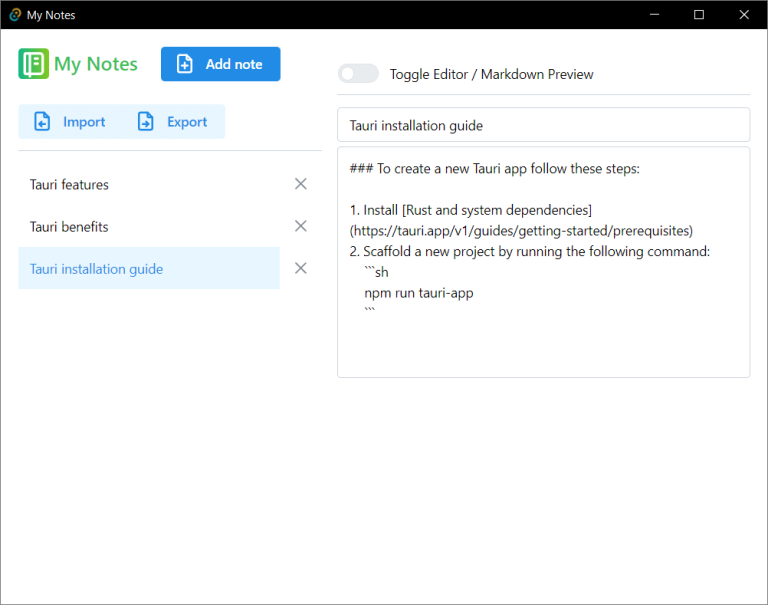
Responsive web design (RWD) is a web design approach that aims to provide an optimal viewing experience—easy reading and navigation with a minimum of resizing, panning, and scrolling—across a wide range of devices, from desktop computer monitors to mobile phones.
Responsive web design helps you create a website that looks great and works well no matter what device your visitors are using. Responsive web design starts with creating a flexible layout. This means building a website that adjusts to fit any device’s screen size, whether it’s a desktop computer, a tablet, or a smartphone. Once you have a flexible layout in place, you can then use media queries further to customize the look of your site for different devices. By using responsive web design, you can ensure that your website will provide an optimal experience for everyone who visits it.
The website design agency you hire should be able to provide you with a responsive website that looks great on all devices. This is important because more and more people use their mobile devices to access the internet. A responsive website will make it easy for them to view your website on their device and provide a great user experience.
Here are ten features of a responsive web design:
- Fluid Layouts
The layout of a responsive website should be fluid, meaning it should adjust to the width of the device it is being viewed on. A web design agency should be able to create a website with a layout that is easy to navigate on all devices.
- Flexible Images
Images on a responsive website should be flexible to resize to fit the device’s width they are being viewed on.
- Media Queries
Media queries are a way to target different CSS rules to other devices, depending on the device’s width. This is how responsive websites adjust their layouts and styles for other devices.
- Responsive Web Design Principles
There are three main principles of responsive web design: fluid layouts, flexible images, and media queries. Usually, a web design agency will use all three of these principles to create a responsive website.
- Mobile First
The mobile-first approach to responsive web design means that the website is designed for mobile devices first and then progressively enhanced for larger devices such as tablets and desktop computers.
- Responsive Web Design Frameworks
Many responsive web design frameworks are available to make it easier to create responsive websites. Some popular ones include Bootstrap, Foundation, and Skeleton.
- Testing on Different Devices
It is essential to test your website on different devices to make sure it looks and works the way you want. You can use online services such as BrowserStack or Responsinator to test your website on other devices.
- Debugging responsive design issues
When you’re debugging responsive design issues, it can be helpful to use the browser’s built-in developer tools. These tools will let you inspect the HTML and CSS of your website and see how it looks on different devices. With the help of a website design agency, you can be sure that your website looks great on all devices.
- Optimizing website speed
The speed of your website is essential for both users and search engines. You can do a few things to optimize the speed of your responsive website, such as using a content delivery network (CDN) and caching static assets.
- Creating a responsive website design
When creating a responsive website design, a few things to keep in mind include using fluid layouts, flexible images, and media queries. You should also test your website on different devices to make sure it looks and works the way you want.
Knowing these ten responsive web design features will help you make sure you get a website that looks great on all devices. It is essential to work with a website design agency experienced in responsive web design and can provide you with a website that meets your needs.





